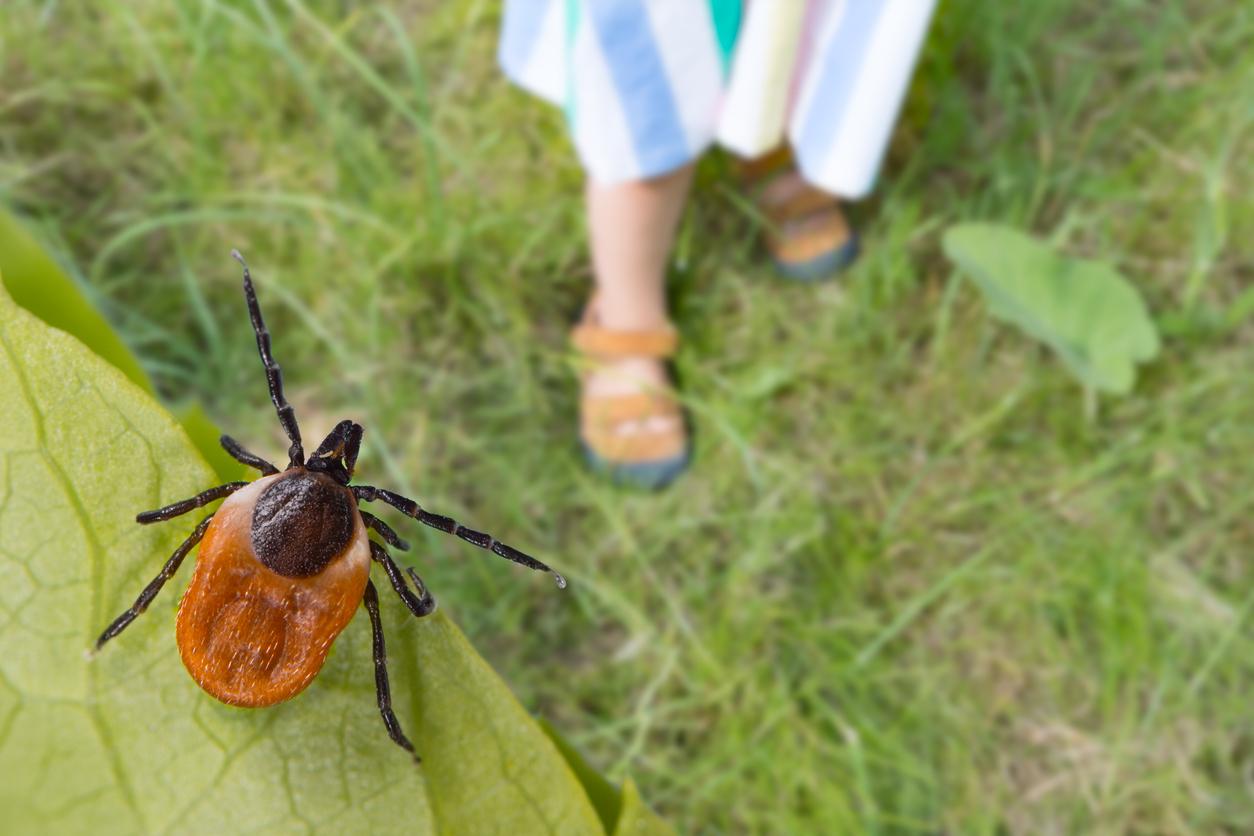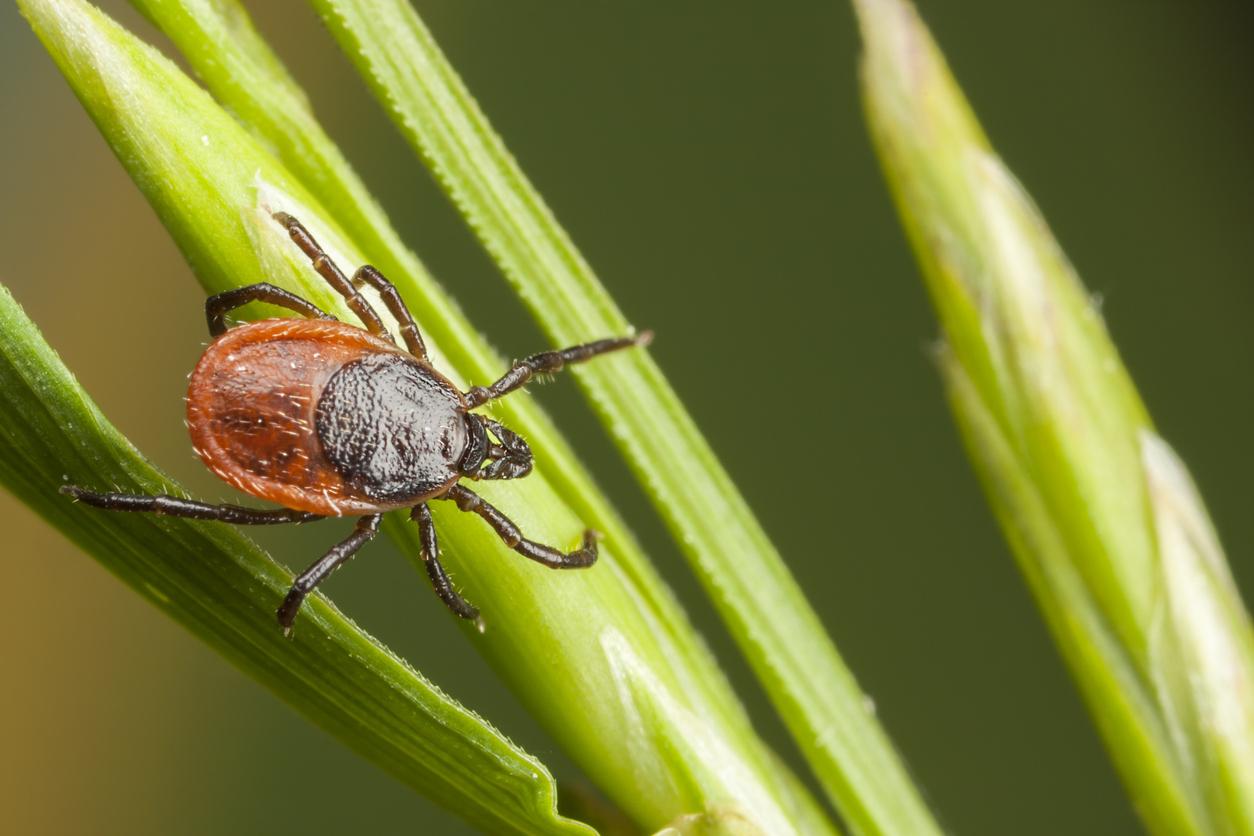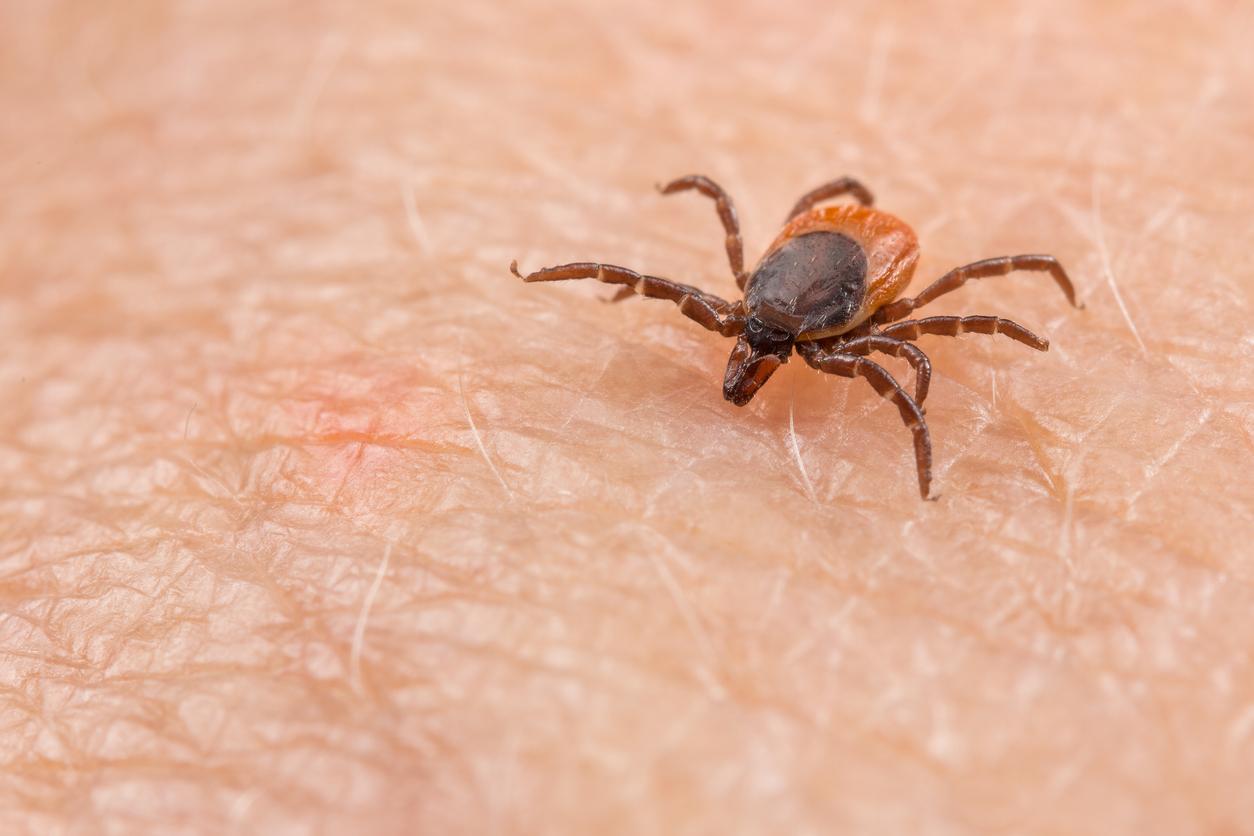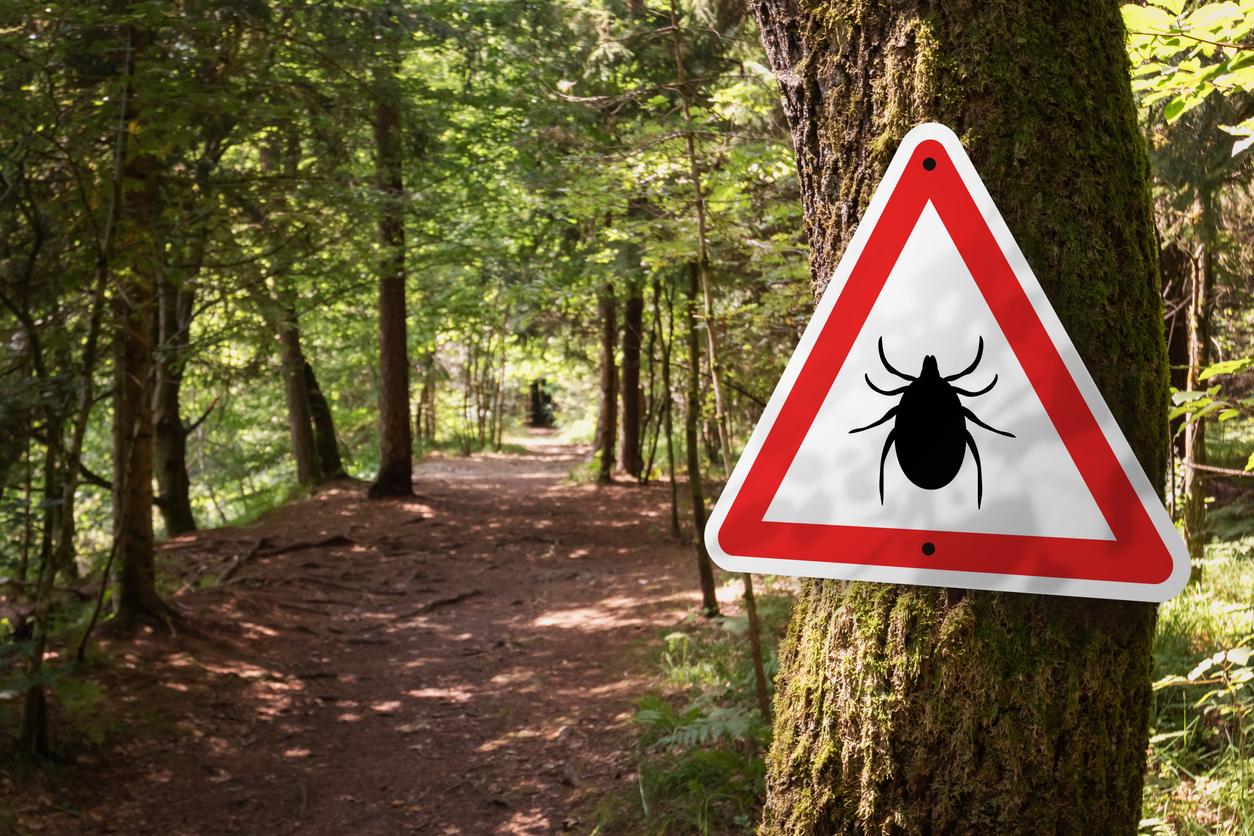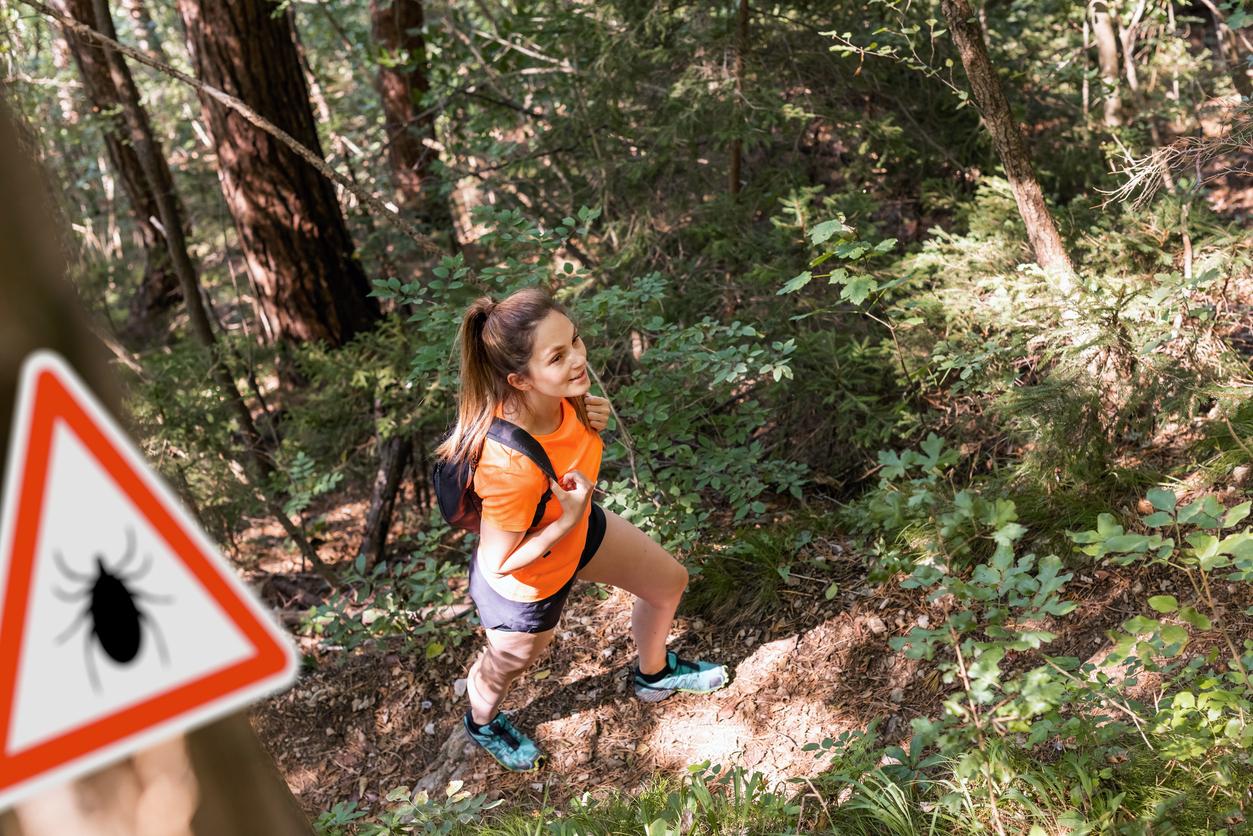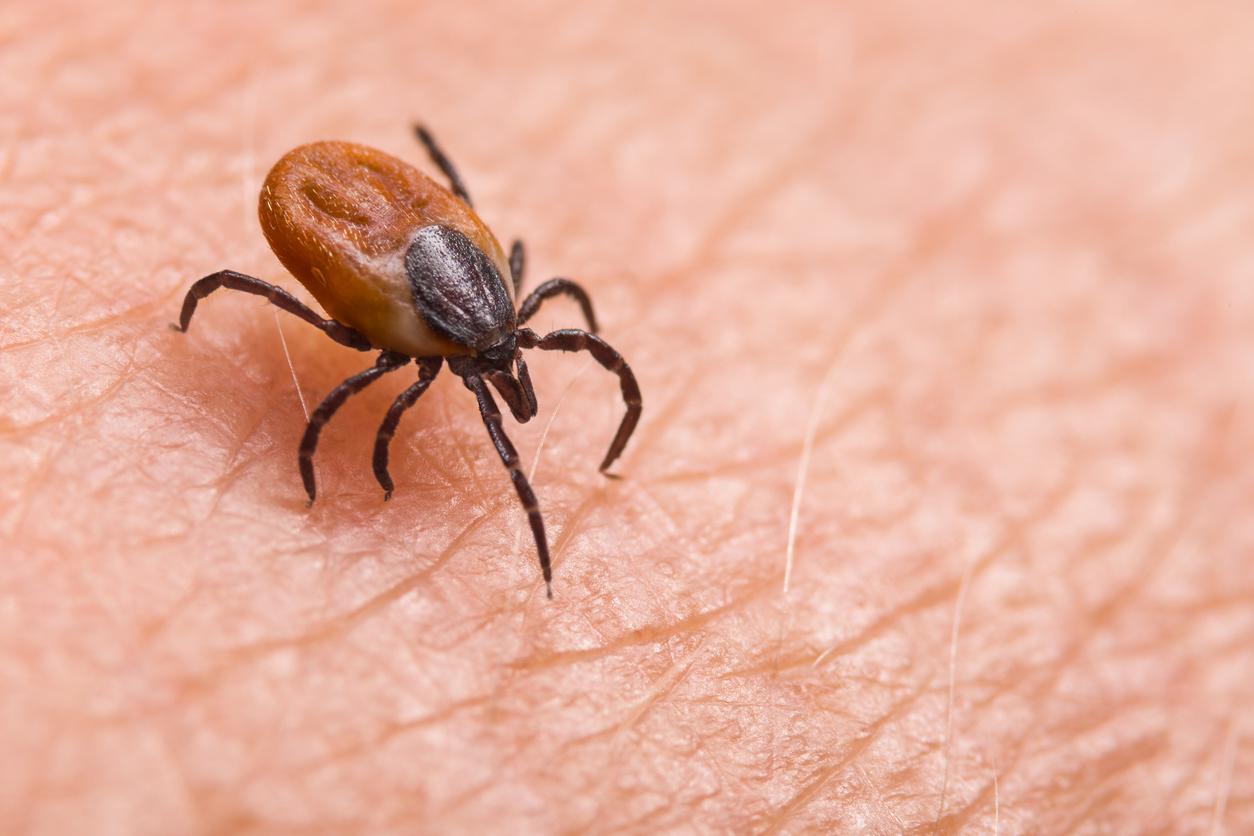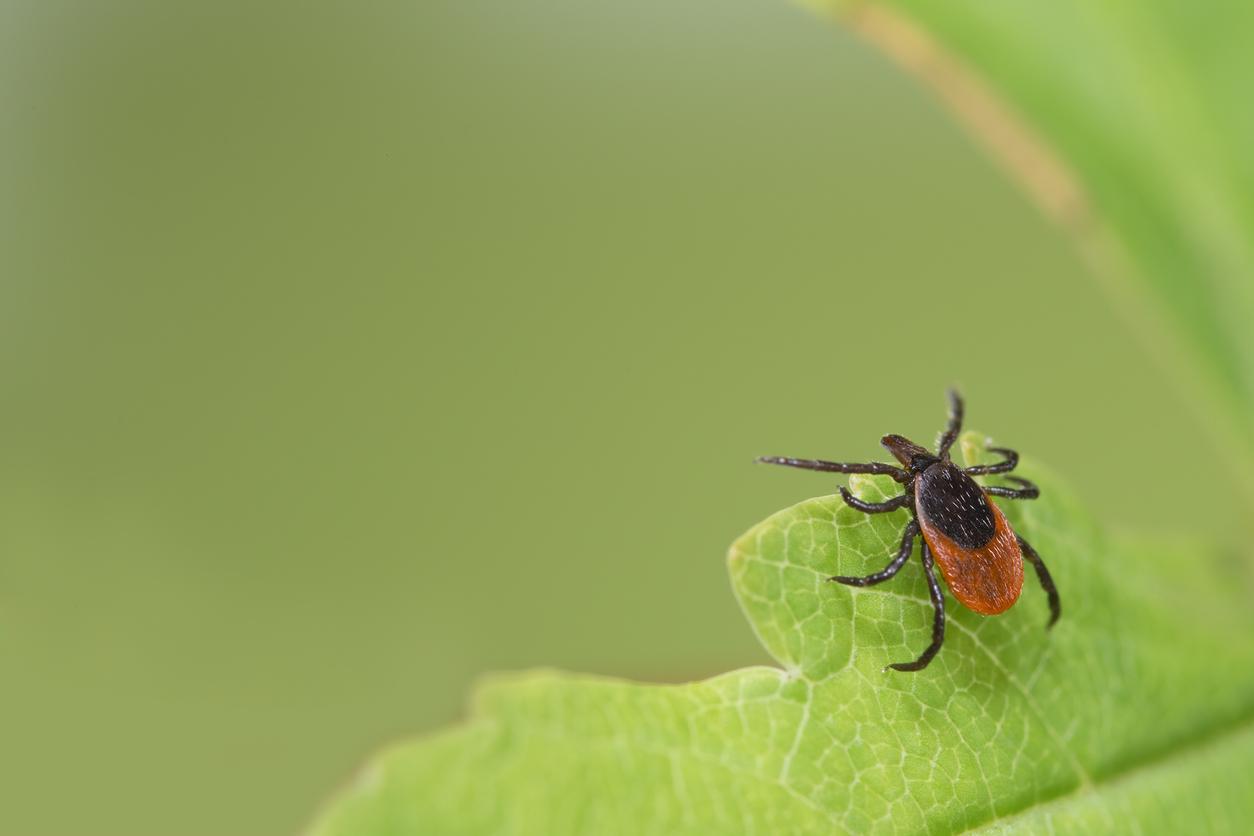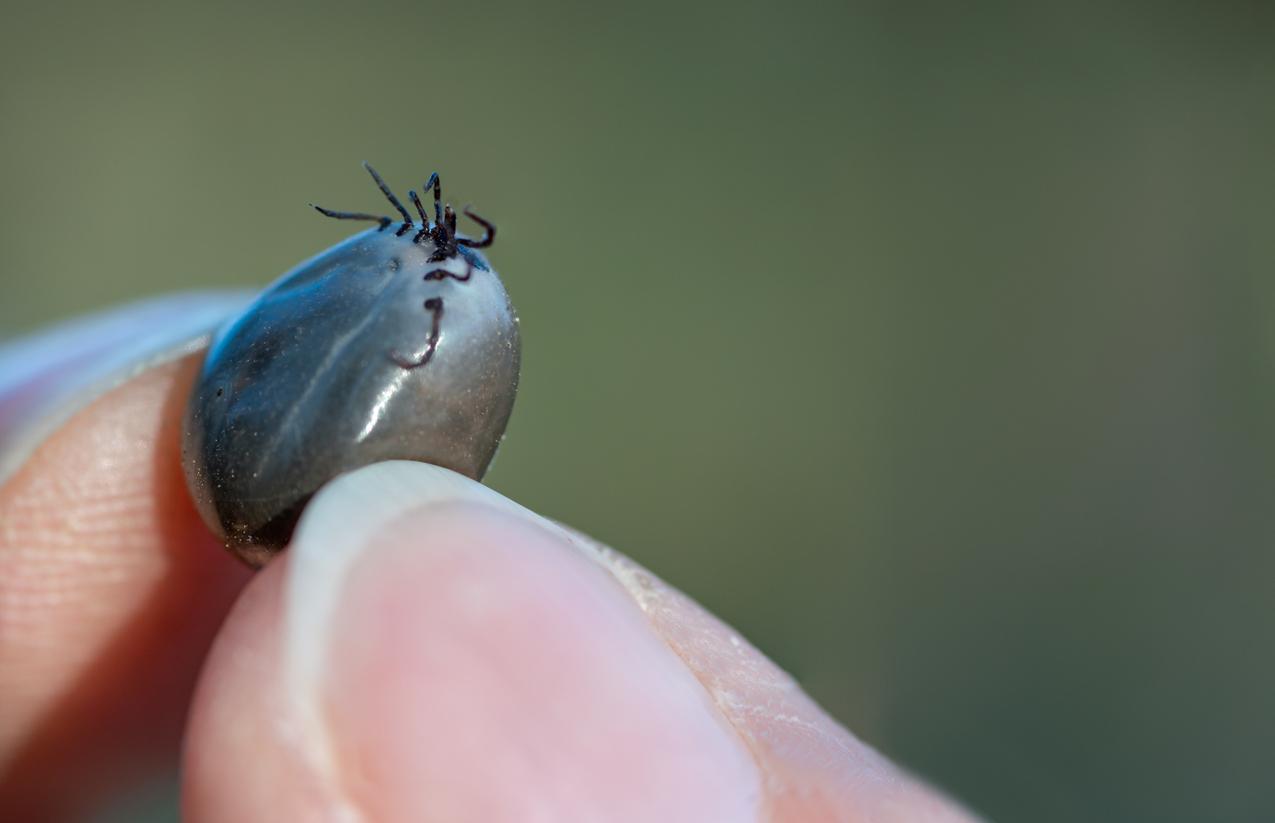
And what if you were bitten anyway?
Of course you cannot completely prevent a tick bite. Are you regularly outside or do you work, for example, as a gardener or forester? Then you can of course take measures to reduce the risk. Did you work in the garden or did you take a long walk in the woods? Always check that you have not been bitten by a tick.
Ticks can bite anywhere on the body, but prefer the groin, back of the knees, armpits, butt crack, the edges of your underwear, behind the ears and around the hairline on the neck. For areas that are difficult to check, use a mirror or ask someone else to check you for ticks.
Not going to the forest or not gardening at all are of course not options. However, you can do a number of things to prevent yourself from getting a tick bite.
Tips
- Stay on the trails as much as possible and avoid dense vegetation and undergrowth.
- Wear closed-toe shoes, long sleeves and long pants.
- Tuck trouser legs into socks.
- Wear clothing impregnated with insect repellent.
- Apply a product containing DEET to exposed skin.
- Wear a cap.
Still bitten?
If you do get a tick bite, it is very important that the tick is removed as soon as possible. The longer the tick is in the skin, the greater the chance that it will transmit pathogens.
Do not use alcohol, iodine or other substances for removal. You can do this with special tick tweezers or tweezers (take one with you if you go into nature), but it is also possible with pointed tweezers. Grab the tick as close to the skin as possible at the head and pull it out slowly. Then write down where and when you were bitten.
When to go to the doctor?
If the tick has been on the skin for more than 24 hours, it is wise to discuss with your doctor whether treatment is necessary. Did you remove the tick within 24 hours? Keep a close eye on the skin around the bite for up to three months after the bite. Do you get a red or blue ring (an erythema migrans) or other symptoms that may indicate Lyme disease? Then contact your doctor immediately. You don’t always have to get a ring-shaped rash if you have Lyme disease.
Flu-like complaints
After some time you may suffer from flu-like symptoms, such as headache, stiff neck, fever, muscle aches and fatigue. These symptoms can also disappear. When the Lyme bacteria spreads throughout the body, various symptoms can develop. In case of complaints, always contact your doctor.
Sources):









